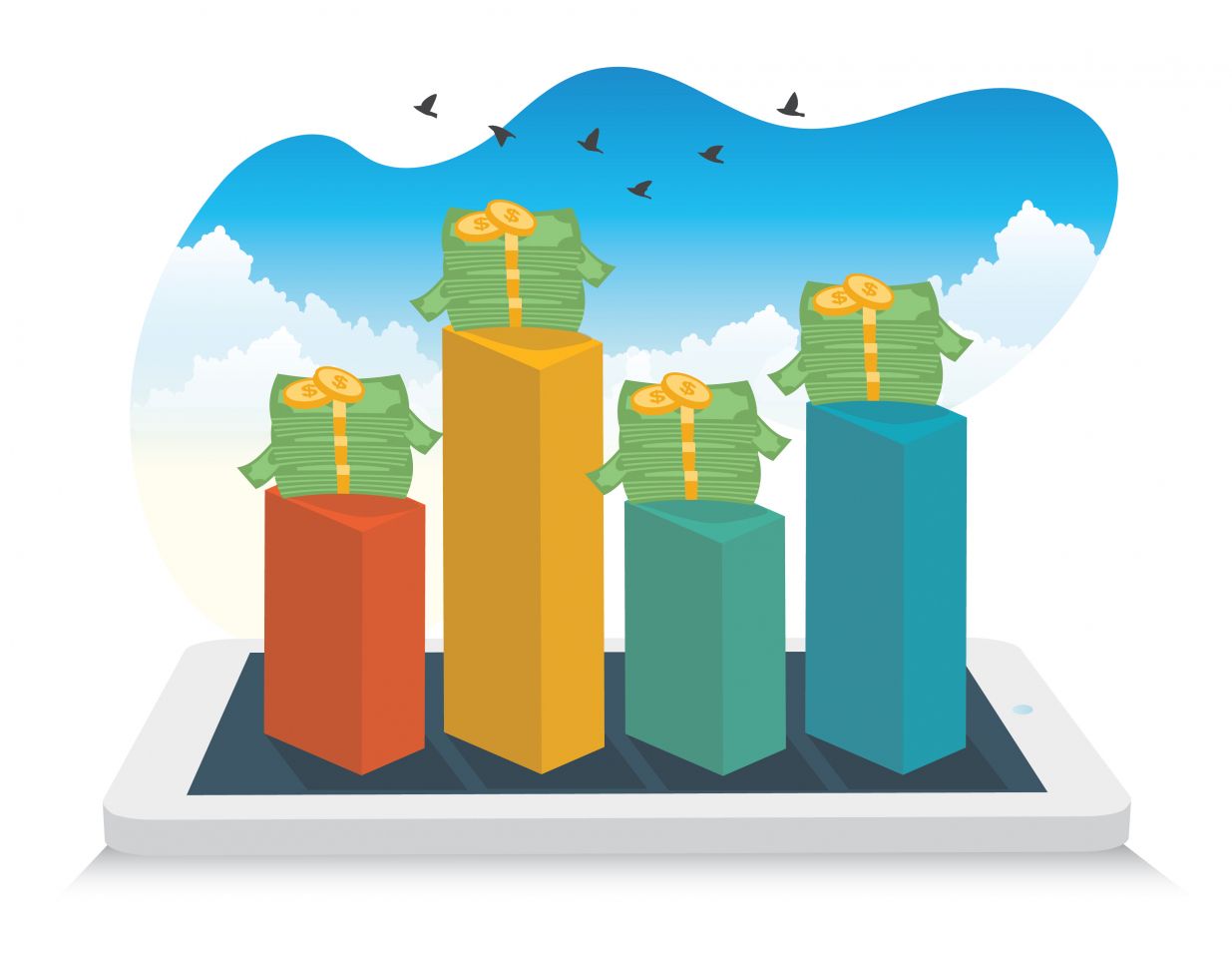What is optimal capital structure?

Corporate finance defines optimal capital structure as the best combination of equity and debt financing that helps to maximise a company’s market value and minimise its cost of capital.
In general, capital structure is the amount of equity and/or debt used by the company to finance its operations. This structure is usually demonstrated as a debt-to-capital or debt-to-equity ratio.
Companies use equity and debt capital for making acquisitions, other investments and conducting business operations. Managers usually balance debt and equity to find out the perfect capital structure.

Optimal capital structure meaning
Theoretically, debt financing offers the lowest cost of capital due to its tax deductibility. Still, too much debt poses a financial risk to shareholders and return on equity they require. Therefore, companies should define the optimal structure, where the marginal benefit of debt will be equal to the marginal cost.
The optimal capital structure is often described as a proportion of equity and debt that brings the lowest WACC (weighted average cost of capital) for the company.
To find the best capital structure for a particular business, the company can either issue more equity or debt. The new acquired capital can be used for investing in other assets or repurchasing outstanding equity/debt as a form of recapitalisation.
Optimal capital structure example
Debt investors face lower risk because they would be first to get their money back in the event of the company’s bankruptcy. Therefore, they accept a lower rate of return and the company has a lower cost of capital, issuing debt compared to equity.
On the other hand, equity investors face more risk because they would get only the remaining value after debt investors are repaid, if a company were to go bankrupt. To mitigate this risk, investors get a higher rate of return. Therefore, the cost of debt is lower than the cost of equity.
A company’s total cost of capital is a weighted average of the cost of debt and the cost of equity, also referred to as weighted average cost of capital (WACC). The optimal capital structure formula can be defined with the help of WACC:

Capital structure can differ in different industries. For example, the mining industry is not very suitable for debt, because its cash flow can be unforeseeable, bringing doubt in their capability to repay the debt. Meanwhile insurance and banking sectors use great amounts of leverage and their structure presupposes huge amounts of debt.